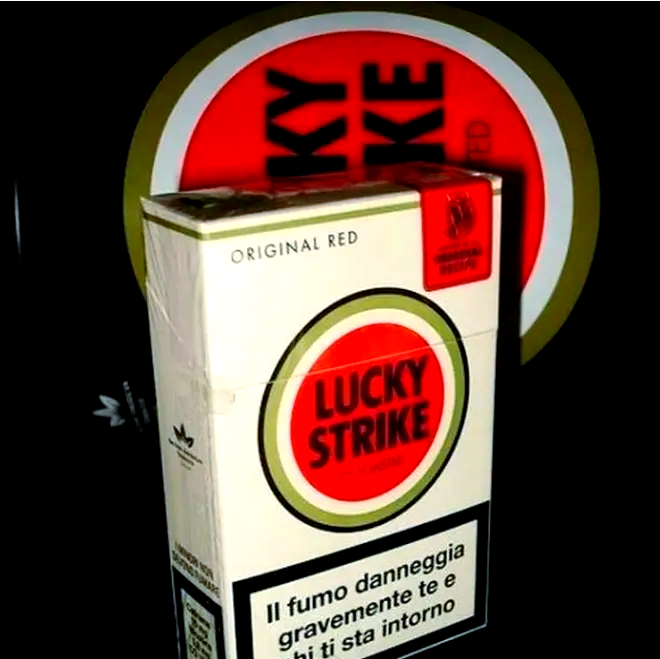The Invisible Hazard: How Secondhand Smoke Threatens Zumba Instructors
The image of a Zumba instructor is one of vibrancy, boundless energy, and radiant health. They are the pulsating heart of a fitness class, guiding dozens through high-intensity dance routines in a cloud of infectious enthusiasm and, ideally, clean, oxygen-rich air. However, a pervasive and often overlooked occupational hazard is silently undermining their well-being: secondhand smoke. For these professionals, whose livelihoods depend on peak cardiovascular and respiratory performance, involuntary exposure to tobacco smoke is not merely a nuisance; it is a direct and severe endangerment to their health and careers.

Unlike traditional office workers who may encounter smoke during breaks outside, Zumba instructors face a unique and concentrated risk profile. Their exposure often begins before the first beat drops and lingers long after the cool-down stretch. The primary vector is their clients. Participants who smoke immediately before class carry a toxic residue on their hair, skin, and clothing—a phenomenon known as thirdhand smoke. As they enter the studio and begin to warm up, their body heat off-gasses these harmful chemicals, including nicotine and carcinogens, into the enclosed air. In a high-energy Zumba class, where respiration rates are dramatically elevated, the instructor is positioned at the front, inhaling deeply and continuously, effectively acting as a high-volume air filter for the entire room’s contaminated atmosphere.
The physiological impact of this exposure is profound and multifaceted. The immediate effects are acutely felt. An instructor exposed to secondhand smoke may experience shortness of breath, wheezing, and dizziness more severe than what would be expected from exertion alone. Their heart rate may spike abnormally, not from the workout, but from the carbon monoxide in smoke binding to hemoglobin in their blood, drastically reducing oxygen delivery to their muscles and brain. This impairs their performance, increases fatigue, and elevates the risk of injury during complex choreography. The very tools of their trade—their lungs and cardiovascular system—are being sabotaged.
The long-term consequences are even more dire. Chronic exposure to secondhand smoke is a established cause of lung cancer, heart disease, and stroke. For a Zumba instructor, this isn't a general population risk; it's an occupational disease in the making. The American Lung Association states there is no safe level of exposure to secondhand smoke. Repeated, hour-long sessions in a contaminated studio environment significantly increase their lifetime risk. Furthermore, they face a heightened threat of developing chronic respiratory conditions like asthma and enduring respiratory infections. A simple chest cold for someone else can become a career-disrupting bronchitis or pneumonia for an instructor with smoke-compromised lungs. Vocal health is also paramount; irritation from smoke can lead to chronic laryngitis, hoarseness, and vocal cord damage, effectively silencing their most critical instrument for leading a class.
Beyond the physical toll, the economic and professional implications are significant. Illness leads to cancelled classes, lost income, and damaged professional reputations. A Zumba instructor’s brand is built on reliability and vitality. Frequent sickness contradicts this image and can lead to a loss of clients. The financial burden of healthcare costs for treating smoke-related illnesses further compounds the problem, often without the safety net of comprehensive health insurance common in other professions.
Addressing this invisible threat requires a multi-pronged approach rooted in awareness, policy, and cultural shift.
-
Studio Policy and Advocacy: Fitness studio owners and managers have a legal and ethical responsibility to provide a safe working environment. Clear, stringent non-smoking policies must extend beyond the studio doors to include building entrances, parking lots, and dressing rooms. Policies should explicitly request that patrons refrain from smoking for a significant period before class. Instructors, often independent contractors, need to be empowered to advocate for themselves and their health. They can lobby management for improved ventilation systems with HEPA filters specifically designed to capture ultrafine particles and volatile organic compounds found in smoke.
-
Client Education: Many fitness enthusiasts are simply unaware that their pre-class cigarette poses a danger to anyone but themselves. Polite, non-confrontational education is key. Studio signage and pre-class email reminders can frame the issue around collective health and performance: "To ensure a healthy and high-performance environment for everyone, we kindly ask that you avoid smoking before class. Thank you for helping us keep our air clean and our hearts strong." This frames it as a positive community effort rather than a punitive rule.
-
Personal Mitigation Strategies: While the onus should not be on the instructor, they can take some protective measures. Arranging for a powerful air purifier to run before and during class near the instructor’s station can help. Being aware of the issue allows them to identify particularly heavy smokers and strategically position them near a door or vent, or to gently circulate fresh air into the room when possible.
-
Industry-Wide Recognition: The broader fitness industry and organizations like Zumba® LLC should formally recognize secondhand smoke exposure as an occupational hazard for group fitness instructors. Providing resources, template policies, and educational materials can help standardize protections across thousands of studios worldwide.
The passion Zumba instructors bring to their work is a powerful force for health and joy. It is a profound injustice that their dedication is met with an environment that systematically undermines the very health they promote. Secondhand smoke in the fitness studio is a contradiction that must be resolved. Protecting these health ambassadors from the dangers of secondhand smoke is not just a matter of policy; it is a necessary commitment to ensuring that the places we go to heal and strengthen our bodies are safe for those who show us the way. The air they breathe while working is as much a part of their job safety as a non-slip floor is for a construction worker. It’s time to clear the air.











